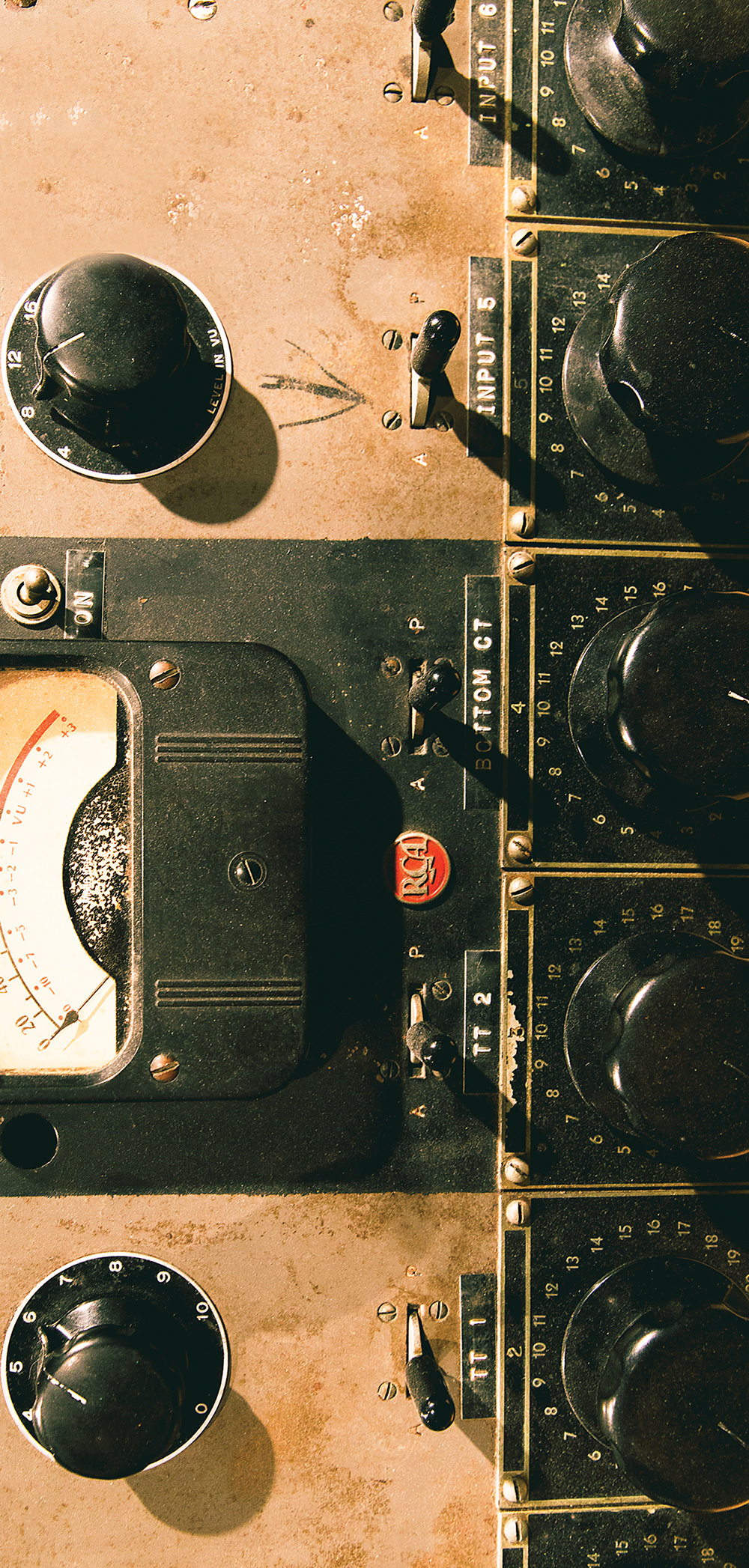The new Special Edition 2×6 I/O Module for Symphony I/O Mk II offers the highest quality AD/DA in the Symphony line. The module can be added to existing Symphony Mk II audio interfaces [Tape Op #118] or purchased pre-installed in a Mk II chassis. I won't rehash details on other Symphony products [#87, #99], but this Special Edition is a legitimate standalone mastering converter.
The analog I/O includes two balanced inputs via XLR connectors, and six outputs via DSUB 25-pin connector. Digital covers two inputs and outputs via AES XLRs, optical I/O supports ADAT, SMUX, and S/PDIF with two to eight channels each way depending on sample rate. Finally, S/PDIF via RCA provides two channels in and out. As explained in our coverage of the Mk II chassis, word clock in and out on BNC connectors and dedicated computer connectivity is available for Thunderbolt or Pro Tools | HD option card.
Apogee suggests a Thunderbolt-enabled Mac computer running OS 10.9.5 or higher. Oddly enough, I conducted many of my tests using an ADK computer running Windows 7 (64 bit) over AES, which is not technically supported, but does work - like really works! Using the unit as my primary DA, I set up everything using only the Symphony's front panel controls. Moving to a Mac OSX system provided me with robust Symphony Control Software, which allowed me to take full advantage of the power in this box. Testing the AD with Windows 7 was more complex routing-wise. Specifically: I needed the AD to convert the signal from the mastering chain, pass that to AES, while simultaneously mirroring the signal out of the DA. To set this up, I connected an Apple laptop to the unit via Thunderbolt, created the required routing, and saved the configuration. I restarted the converter in standalone mode, and the template was ready for use. Mac OSX-based studios can skip this workaround, having constant access via Maestro, Apogee's proprietary interface control software.
I have to stop agreeing to these converter reviews. Trying to describe top-tier performance is elusive. Upper-echelon converters provide such detailed representation that differences come down to personal preference, but I love the Special Edition 2×6 I/O Module's DA! I compared it against the two favorite DAs I use most: a transparent model and a more colored, but musical, model. Measured against my reference DA, which is a high-headroom high-transparency design, it took some time for me to discern one converter from the other, and even then, I wasn't scoring 100% on blind attempts. Versus my favorite musical converter, I was genuinely disheartened by how much I preferred the Apogee. My converter seemed to have extra low end while the Symphony was smooth at the bottom. I believe the Symphony had a touch more in the upper midrange, but I would describe it as focused and clear rather than forward or strident. As a gut reaction, I kept characterizing the Apogee as sweeter, but only subtly sweet - like a Japanese dessert, never overly sweet like some gas station plastic wrapped confection.
As an AD I found the Apogee on par with my reference converter. So, I gave up trying to pick which was which. Since I usually do not clip my AD, I didn't test the Apogee that way, but I did appreciate how occasional peaks were handled gracefully with the SE - the unit does have Apogee's soft limit processes. While I could use these in a tracking situation, I have other devices that I prefer for these tasks. Ultimately, I ended up using the Apogee as my AD for the rest of the test time. I particularly appreciated how Symphony provides reference calibration choices that are not tweakable on my chosen AD.
Miscellaneous housekeeping before I have to go: the touchscreen is slightly smaller than others but seemed to be crisper and easier to read. The rotary control has heft and is easy to use in the middle of a session. I found the headphone amp to be very satisfying in quality and ability to drive various impedances. A built-in cooling system monitors the temperature inside the enclosure and can auto power vent fans depending on user preferences. Firmware updates require a Mac OSX machine. The tested unit has an open card slot for expansion for one of the many various cards available from Apogee.
I'm old enough to remember when Apogee's UV-1000 Super CD Mastering System and their AD-8000SE converters were seemingly required gear for respectable mastering houses. Then, Apogee converters seemed to be mostly used by recording and mixing studios. Now they are back for mastering types, and we should rejoice! Apogee's claim that the SE is their best sounding converter to date is not unfounded. Though you might find a converter you like more than this new Symphony, it would be for personal reasons. I can't find a single thing wrong with the sound quality of this unit. Bravo to everyone who contributed to the research, development, and implementation of this!




_disp_horizontal_bw.jpg)